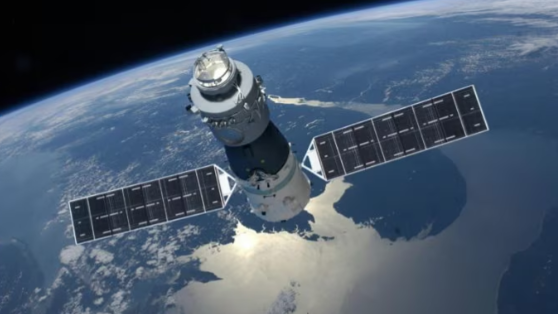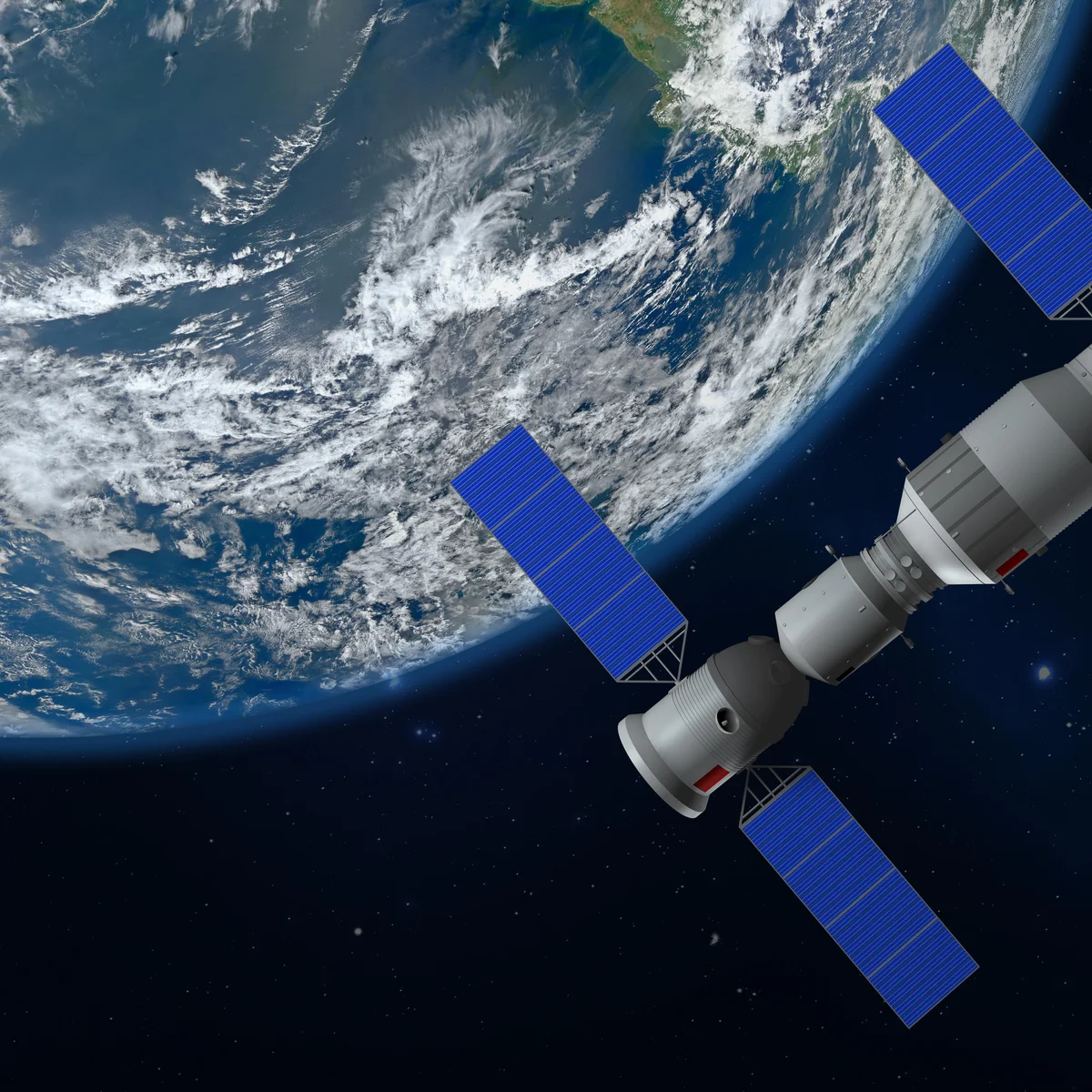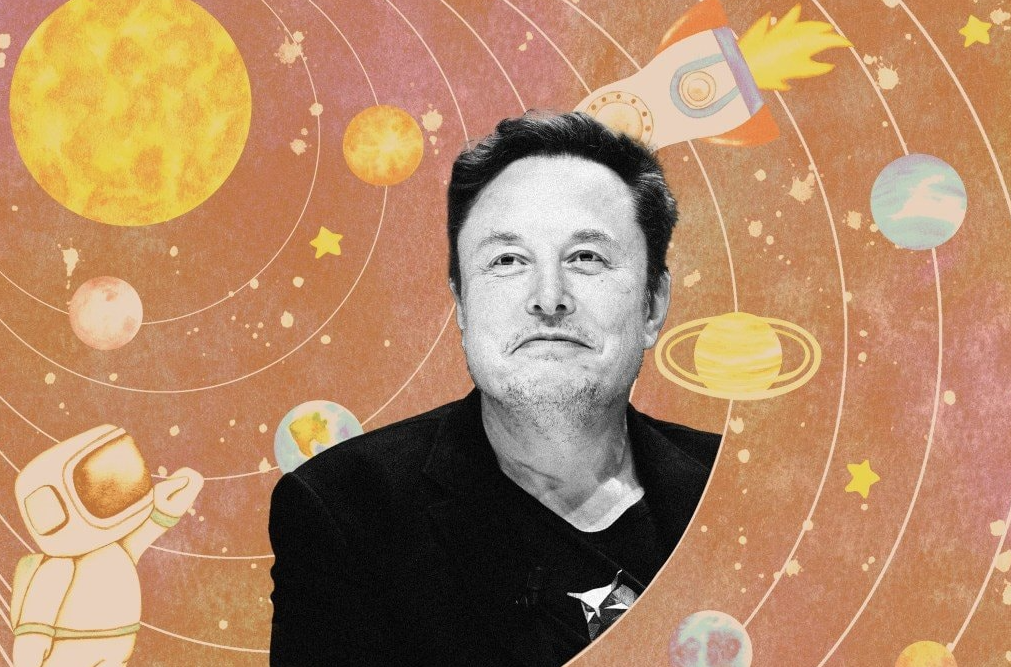The space race has entered a new and transformative phase, no longer defined by the Cold War rivalry between the United States and Russia. Today, the focus has shifted to China, whose rapid advancements in space technology are causing global concern. Elon Musk, the visionary behind SpaceX and Starlink, has issued a striking warning: China’s space program is far more advanced than most realize. These developments could have profound implications, potentially reshaping the future of humanity.
China’s Space Program: A Rapid Ascent
Under the leadership of the China National Space Administration (CNSA), China has achieved remarkable milestones that were once the realm of science fiction. From the groundbreaking landing on the moon’s far side in 2019 to the Chang’e 6 mission retrieving lunar samples in 2024, China is positioning itself as a dominant force in space exploration.
But these achievements are about more than national pride. The moon holds rare resources like Helium-3, a potential game-changer for clean energy. By targeting untapped lunar regions, China may secure control over these invaluable resources, raising critical questions about the future of energy and global power dynamics.
The Weaponization of Space: A New Front
Once seen as a peaceful frontier, space is increasingly becoming a theater of military strategy. China’s unveiling of the White Emperor, a sixth-generation fighter jet capable of deploying orbital weapons, and its development of satellite swarms designed to disable enemy infrastructure have escalated tensions.

Musk has pointed out the dual-purpose nature of space technologies, comparing China’s advancements to SpaceX’s Starlink system, which functions as both a global communication network and a decentralized defense platform. This overlap underscores the strategic complexities of the modern space race.
A Lunar Gold Rush: Resource Rivalries
China’s ambitions extend beyond exploration. Plans for a lunar base by 2030, developed in collaboration with Russia, focus on resource extraction and long-term habitation. The moon’s Helium-3 reserves could revolutionize the global energy landscape, offering nearly limitless clean power.
However, monopolizing these resources could spark geopolitical tensions. Musk has emphasized the need for international cooperation to ensure these assets benefit all of humanity. Yet, history suggests that competition over valuable resources often leads to conflict.
Space-Based Solar Power: A Game-Changer
China is also pursuing revolutionary energy solutions, including space-based solar power. In 2024, the country successfully tested technology capable of transmitting energy from space to Earth. If perfected, this innovation could provide unlimited, clean energy but also grant significant geopolitical leverage to whoever masters it first.
While SpaceX is exploring similar technologies, the question remains whether private enterprises can compete with China’s state-backed initiatives.
The AI Edge: Who Leads the Space Race?

Artificial intelligence is becoming a critical factor in the space race. China’s centralized approach enables seamless integration of AI into its space missions, enhancing autonomy and data analysis. Meanwhile, SpaceX is leveraging AI for interplanetary exploration, aiming to keep pace with China’s government-driven efforts.
Humanity’s Choice: Collaboration or Conflict?
As nations push the boundaries of space exploration, humanity faces a pivotal choice: unite in cooperation or risk descending into conflict. Musk envisions a collaborative future where humanity works together to overcome the challenges of becoming a multiplanetary species. However, growing competition for resources and strategic dominance threatens to turn space into yet another battleground.
The decisions made in the coming decade will determine whether space becomes a beacon of shared progress or a theater for power struggles. Will humanity rise above its divisions, or will old rivalries define our future among the stars?





